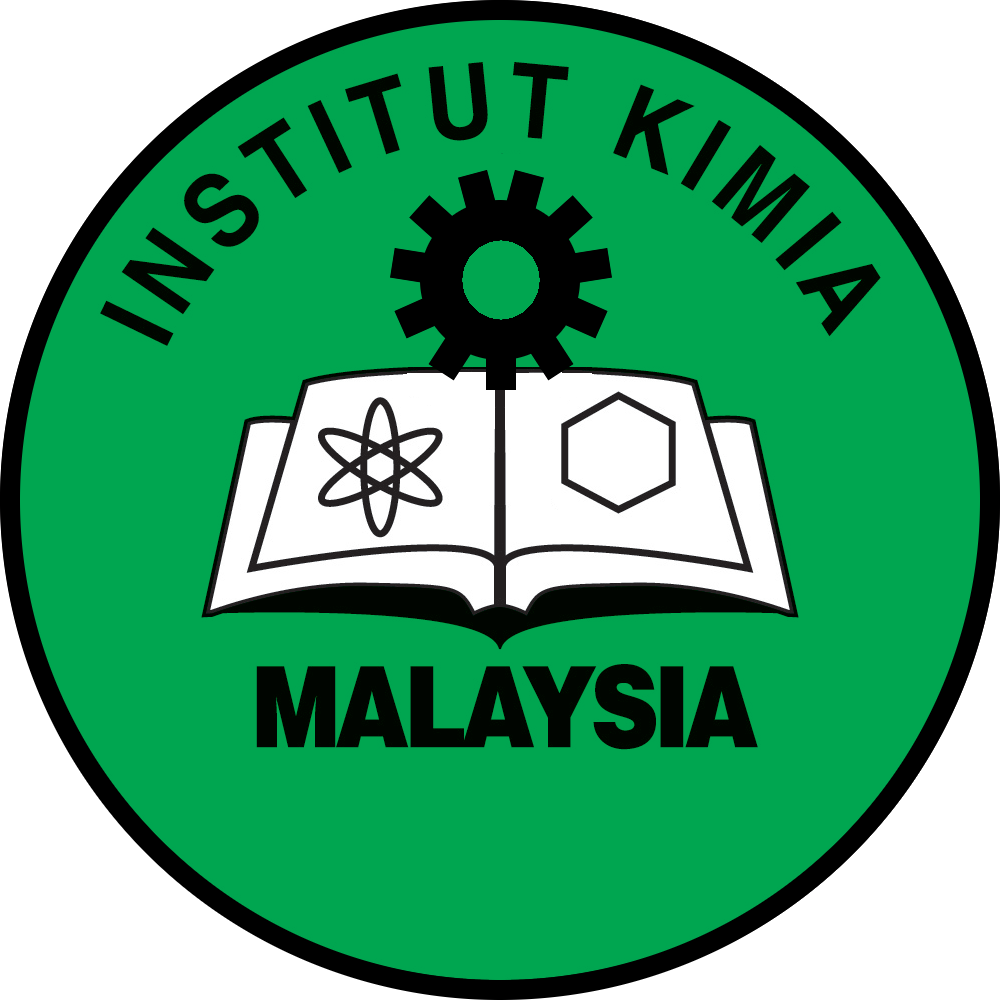Sequential Extraction and Phytochemical Study of the Extracts of Mitragyna speciosa
DOI: https://doi.org/10.55373/mjchem.v27i1.84
Keywords: Mitragyna speciosa; chemical compounds; spectroscopy analysis; TLC; FTIR; GC-MS
Abstract
Mitragyna speciosa, commonly known as kratom, is traditionally used for its analgesic and mood-enhancing effects. However, concerns about its toxicity, particularly from the presence of alkaloids like mitragynine, highlight the need for safe extraction methods. This study aimed to develop a sequential extraction approach to isolate bioactive compounds while mitigating the material's toxicity. M. speciosa leaves were sequentially extracted using hexane, ethyl acetate, and methanol, and the resulting extracts were analyzed using Thin Layer Chromatography (TLC), Fourier Transform Infrared Spectroscopy (FTIR), and Gas Chromatography-Mass Spectrometry (GC-MS). TLC analysis indicated the presence of distinct compounds with Rf values of 0.76 and 0.50 for ethyl acetate and methanol extracts, aligning with the literature for squalene and mitragynine, respectively. FTIR confirmed the presence of functional groups such as N-H and C=O, while GC-MS identified mitragynine in the methanol extract at a 93% match, consistent with reported values. This study demonstrates the effectiveness of solvent polarity in selectively extracting bioactive compounds and provides a foundation for further quantitative and bioactivity assessments to validate the therapeutic potential of M. speciosa.
